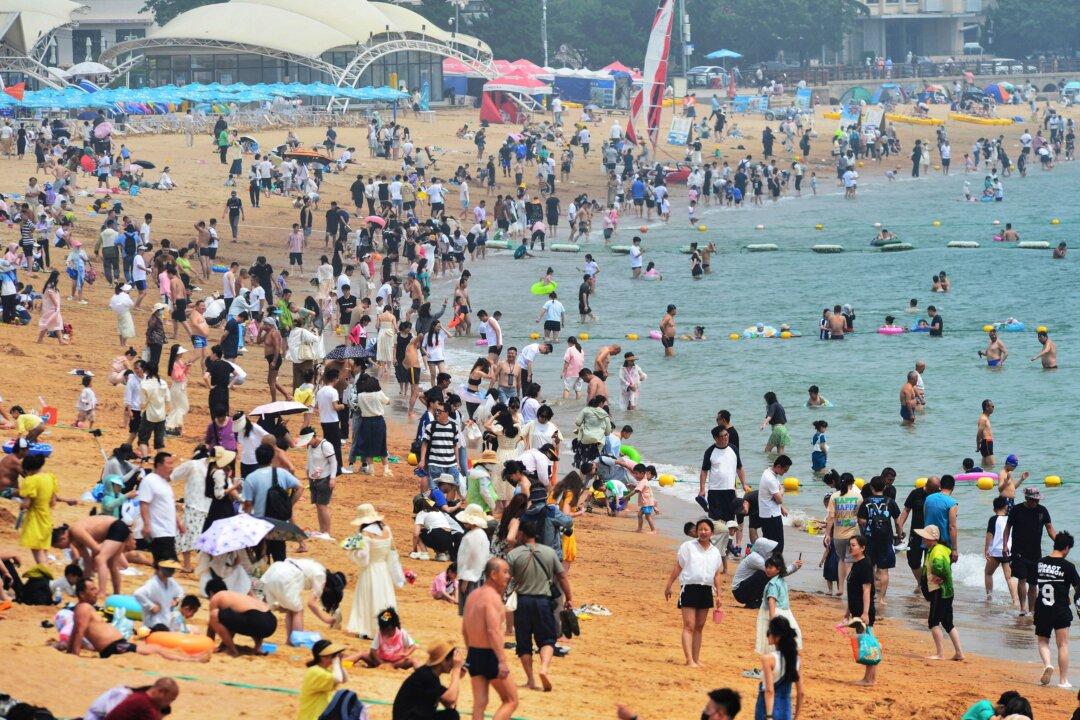China has been grappling with floods and a heat wave in recent months, with certain regions facing record-high heat and heavy downpours as El Niño weather conditions approach.
A total of 185 red alerts for hot weather were issued on June 23 across the country, including in Beijing, Tianjin, Shandong, and Hebei, the state-run Global Times reported on June 25.





